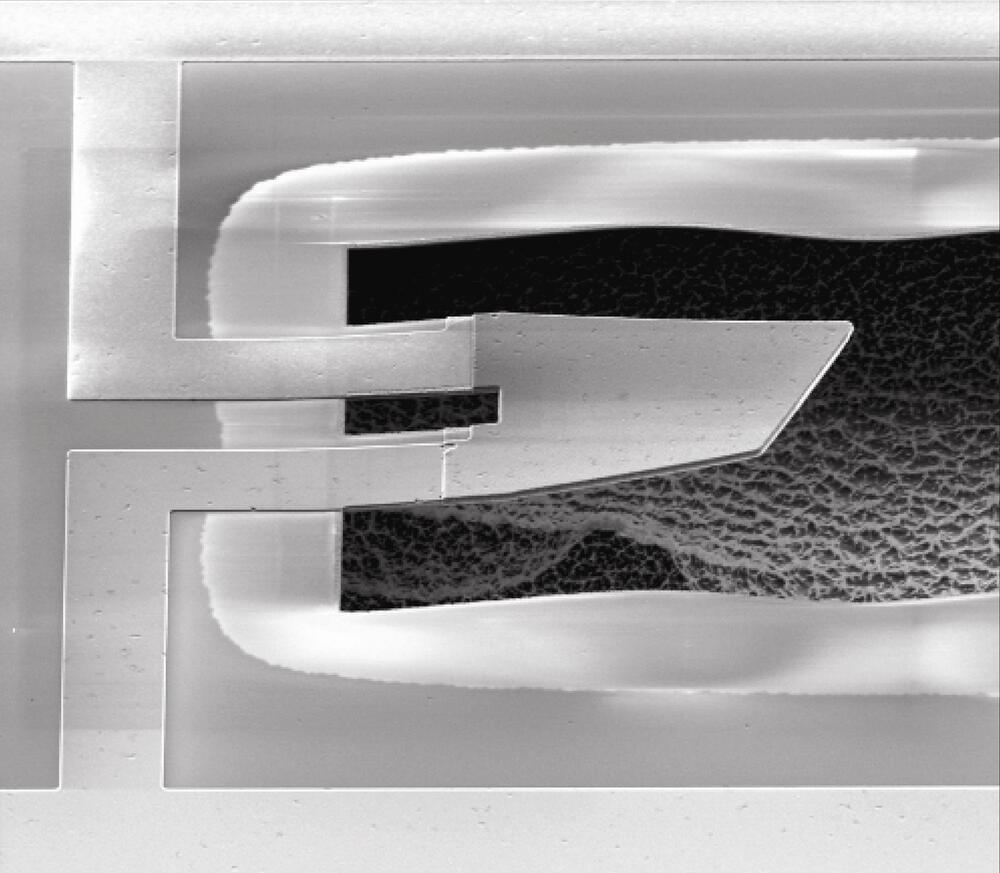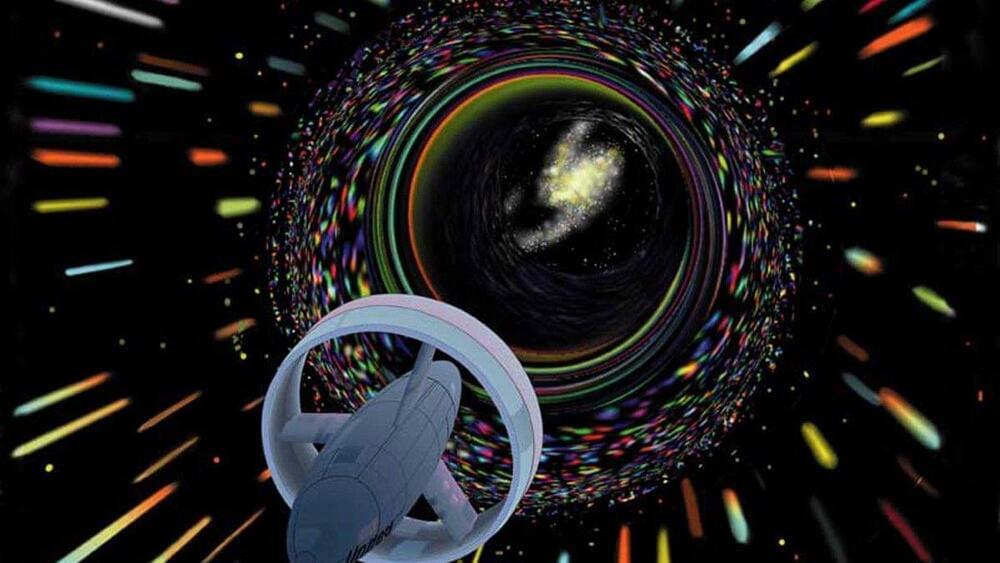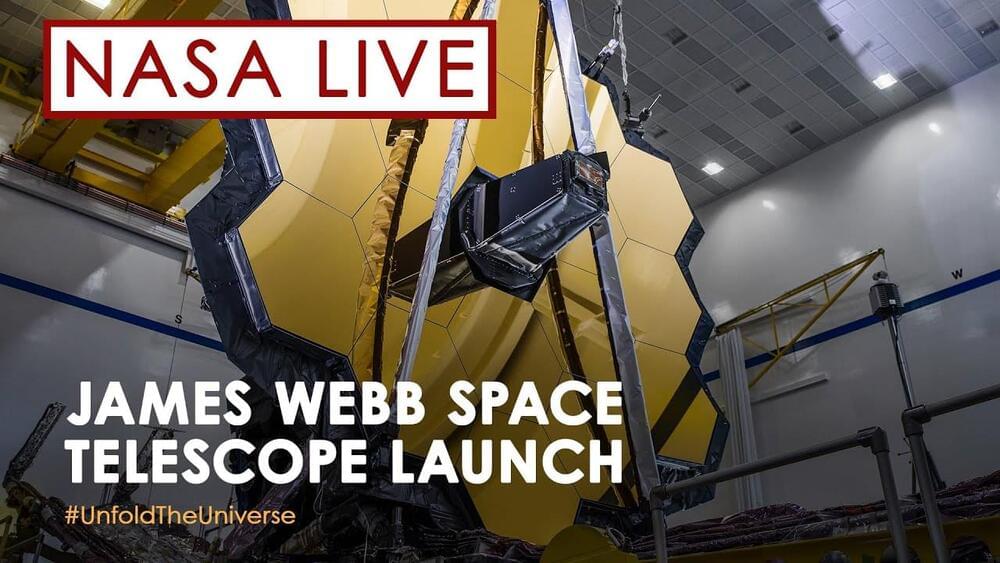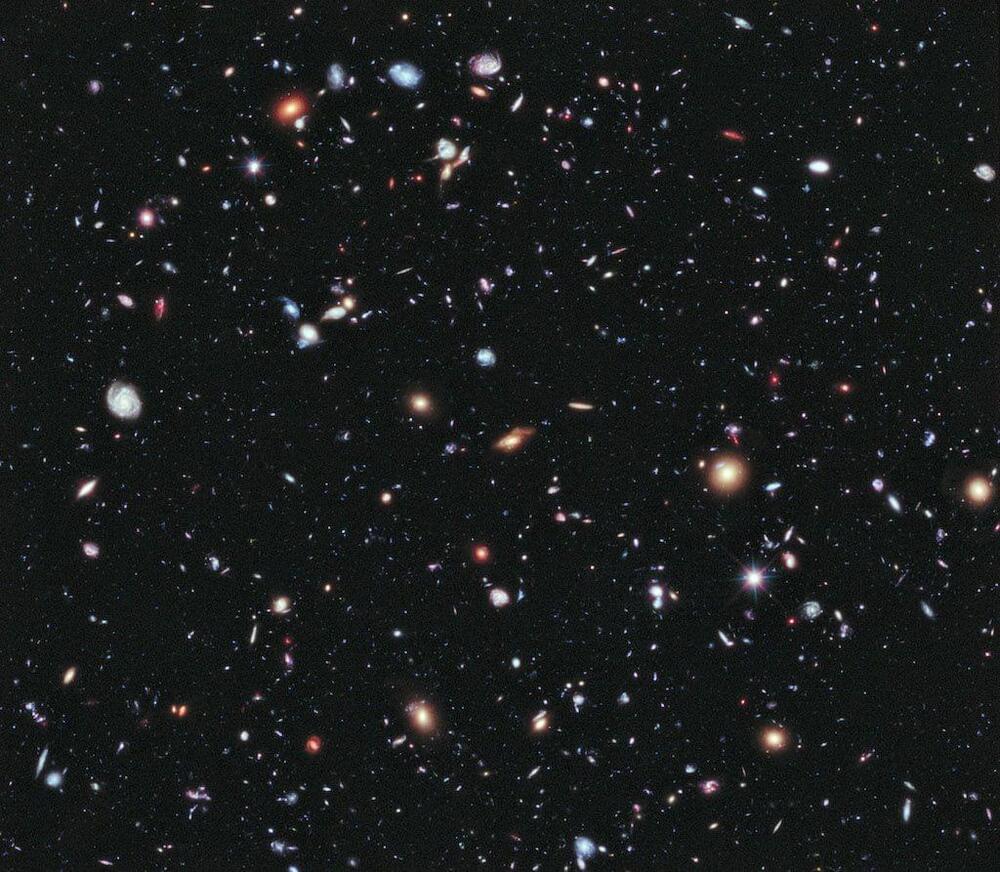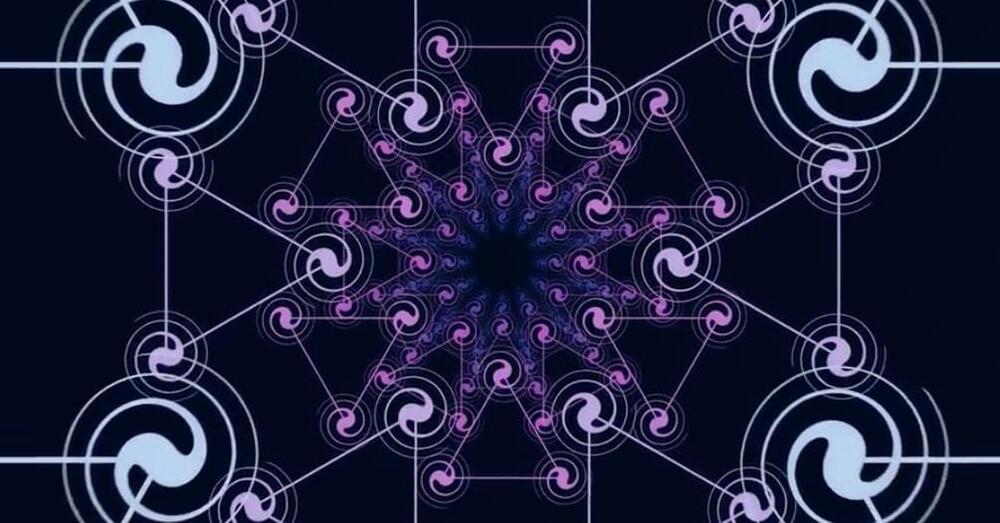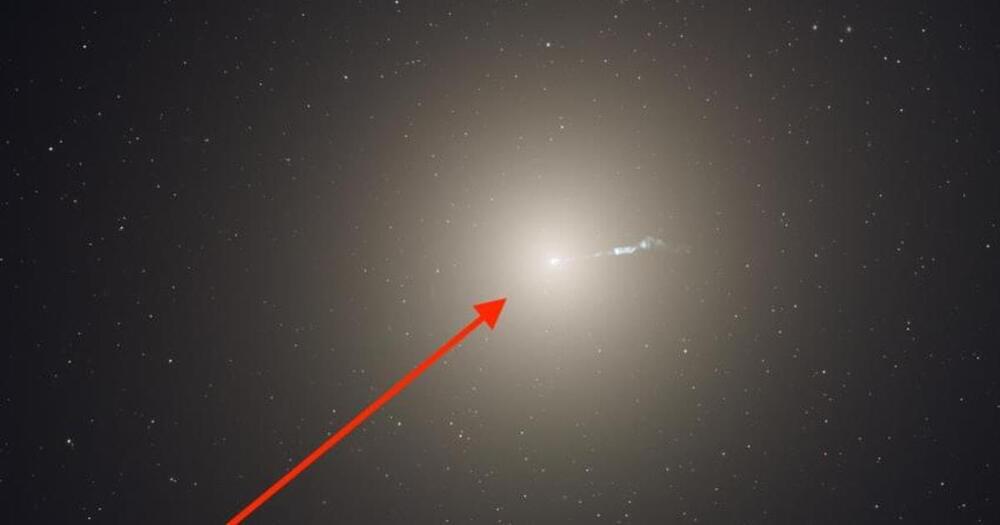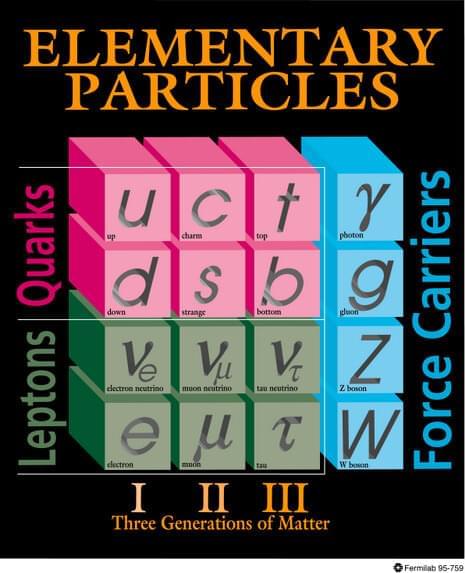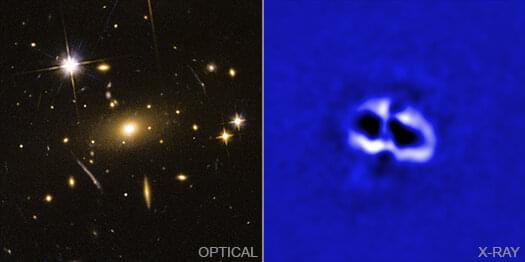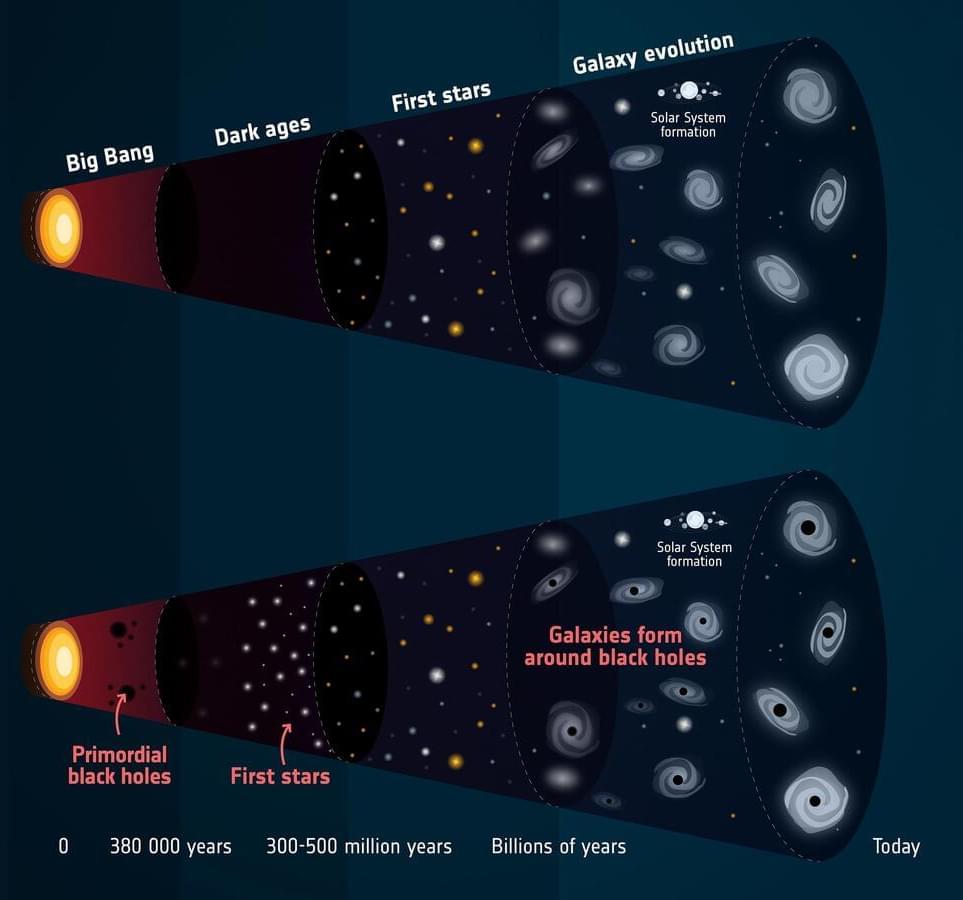Dec 24, 2021
Freaky Physics Proves Parallel Universes Exist
Posted by Dan Kummer in categories: cosmology, quantum physics, time travel
Look past the details of a wonky discovery by a group of California scientists — that a quantum state is now observable with the human eye — and consider its implications: Time travel may be feasible. Doc Brown would be proud.
The strange discovery by quantum physicists at the University of California Santa Barbara means that an object you can see in front of you may exist simultaneously in a parallel universe — a multi-state condition that has scientists theorizing that traveling through time may be much more than just the plaything of science fiction writers.
And it’s all because of a tiny bit of metal — a “paddle” about the width of a human hair, an item that is incredibly small but still something you can see with the naked eye.
